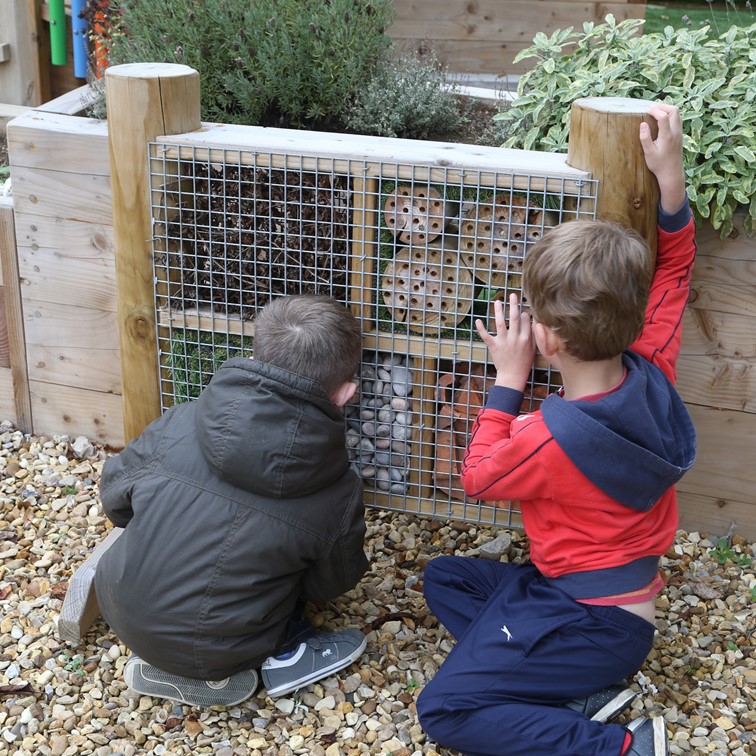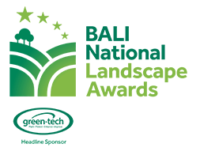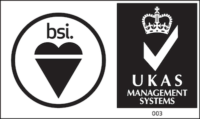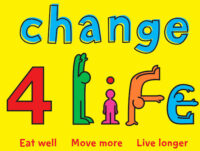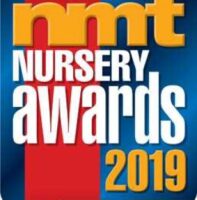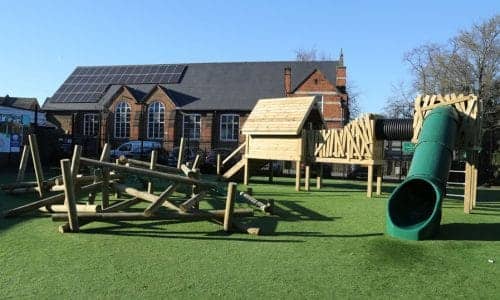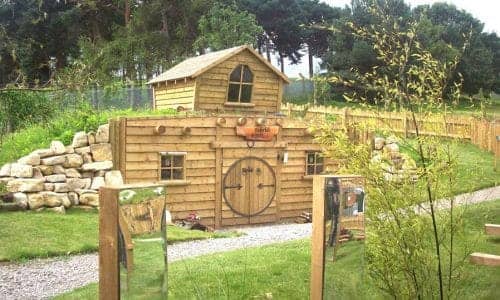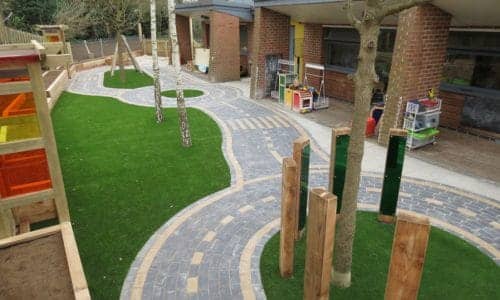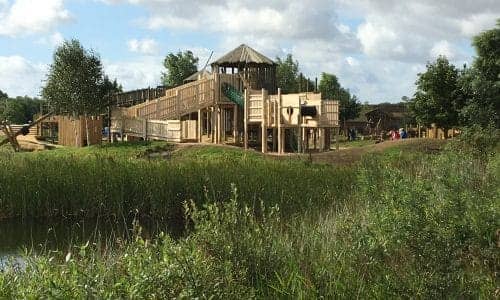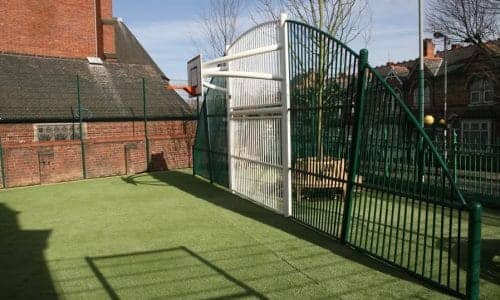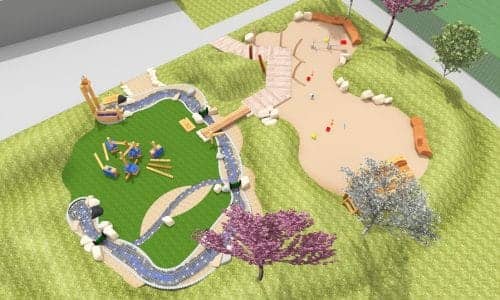It is certainly no secret that plants and pollinators have been collaborating for millions of years. If you plant a wide diversity of native plants, a wide diversity of pollinators will come…
Pollinating insects are crucial to human life and are a fundamental part of our global ecosystem.
More and more natural habitats are being destroyed either by environmental factors or development, which has resulted in the number of pollinators in decline.
The great news is, that school settings play a positive part, and contribute to providing and maintaining natural habitats. It is great for the environment, and a great learning experience for children too. Schools often have a significant land area which can provide a fantastic host site to enable these habitats for pollinators, and even with less land schools can make a huge impact.
Here are some ideas for your school… whether it’s a cosy little corner or a larger more dedicated space.
Create a wildflower meadow
Large school fields are a great place to scatter and sow wildflower seeds. You can create a wild meadow strip, perhaps at the side of a sports pitch. The children can be involved in planting and scattering the seeds themselves so they can carefully observe where the product of their labour will appear.
By trying to sow or plant native flowers will ensure that the plants will thrive. Steps such as leaving the grass around the edges of pitches provide a great habitat too. By leaving daisies and dandelions, you will be providing pollinators with a great food source.
If you do not have space in your school fields, then planters are a great way for your school to contribute too. You can place wooden planters outside, underneath windows, along pathways or at entrances.
Build your own bee-house!
We typically think of bees living in social colonies, there are types of bees who live alone. These types of solitary bees typically like to nest in hollow plant stems.
This environment can be replicated by providing bees with hollow bamboo canes. It is also a great activity for children to experience.
The children should cut the bamboo into pieces that are around 10-20 cm in length, they then tie them together into small bundles with string. The bundles are then hung up around the school, ideally in sunny locations.
Over the coming weeks and months, the children should inspect the bee houses, and will notice if some of the entrances have been sealed off with mud.
Create a sensory garden
Another great way to be pollinator-friendly is to create a sensory garden. You can utilise wooden planters so that they are accessible to all (including wheelchair users).
Sensory gardens not only benefit pollinators by providing an incredible natural resource, but they can also benefit children with special educational needs. By planting fragranced herbs, rustling grasses, and bright flowers, you are helping to develop sensory processing.
Install a wildlife area
By installing a wildlife area, you can attract a whole range of pollinators as well as many other wild creatures. By adding a grassland and pond habitat, it allows other ecosystems to thrive too.
It is also a great learning experience for children too, by supporting outdoor learning, in addition to supporting pollinators and encouraging biodiversity.
Bug Hotels!
Bug Hotels provide great environments for crawling and flying insects, as well as pollinators. They provide a haven for many species and will attract minibeasts too.
Children will be able to observe the residences of the bug hotels, so are a great resource to support learning too.
By providing children with opportunities to interact with natural environments, and to help create new environments for pollinators and other insects, they will be more aware of how important the pollinators are.
Have fun creating your own pollinator haven in your setting!





